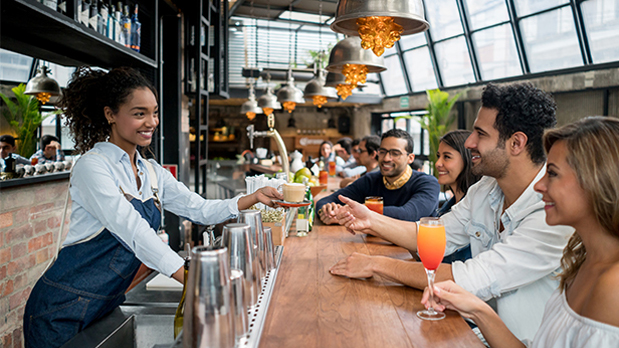Behind the Scenes – The Secrets of Effective Restaurant Staff Training
Effective restaurant staff training is the backbone of a successful dining establishment, ensuring seamless operations and a consistently high level of service. Behind the scenes, the secrets to achieving this lie in a combination of thoughtful planning, engaging methodologies, and a commitment to ongoing development. The first crucial step is to create a comprehensive training program that covers all aspects of the restaurant’s operations, from the kitchen to the front of the house. This program should be tailored to the specific needs and standards of the establishment, encompassing everything from menu knowledge and customer service etiquette to health and safety protocols. In the kitchen, chefs and kitchen staff should undergo thorough training on menu items, preparation methods, and presentation standards. Consistency in the quality and flavor of dishes is paramount, and chefs should be well-versed in the nuances of the cuisine offered. Additionally, cross-training kitchen staff in various roles ensures flexibility during peak hours and promotes a better understanding of the overall kitchen workflow.

On the front lines, servers, hosts, and other front-of-house staff should undergo training that extends beyond simply taking orders and delivering food. They must be well-versed in the menu, able to make informed recommendations, and knowledgeable about dietary restrictions and allergens. Training should also emphasize effective communication and problem-solving skills to handle customer inquiries and concerns with professionalism and grace. Moreover, staff should be trained in point-of-sale systems to streamline order processing and enhance overall efficiency. The methodology employed in training is as crucial as the content itself. Interactive and hands-on training sessions, such as mock service scenarios and role-playing exercises, can simulate real-world situations, helping staff develop practical skills and build confidence. Incorporating technology, such as e-learning modules and virtual reality simulations, can also enhance the training experience by providing engaging and immersive learning opportunities. Regular feedback sessions and evaluations, both from trainers and peers, are essential to identify areas for improvement and acknowledge strengths.
Ongoing development is key to keeping staff motivated and ensuring they stay abreast of industry trends and best practices in Waitrainer restaurant training program. Regular workshops, seminars, and cross-training opportunities can expand employees’ skill sets and contribute to a more versatile and adaptable team. Encouraging a culture of continuous learning fosters a sense of pride and professionalism among staff, leading to higher job satisfaction and, ultimately, better customer experiences. In conclusion, the secrets to effective restaurant staff training lie in a well-designed program that addresses all facets of restaurant operations, a hands-on and engaging methodology, and a commitment to ongoing development. By investing time and resources into comprehensive training, restaurants can create a skilled and motivated team that consistently delivers exceptional service, elevating the dining experience for customers and contributing to the long-term success of the establishment.
